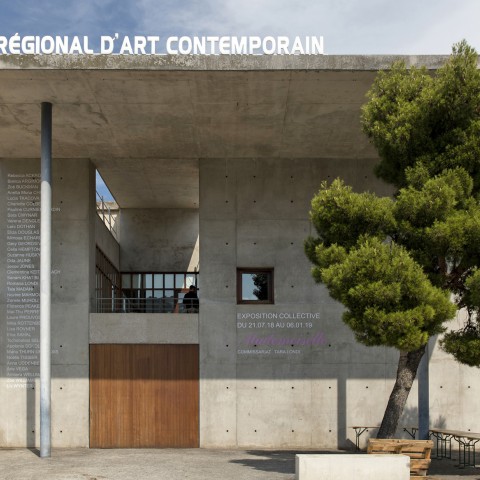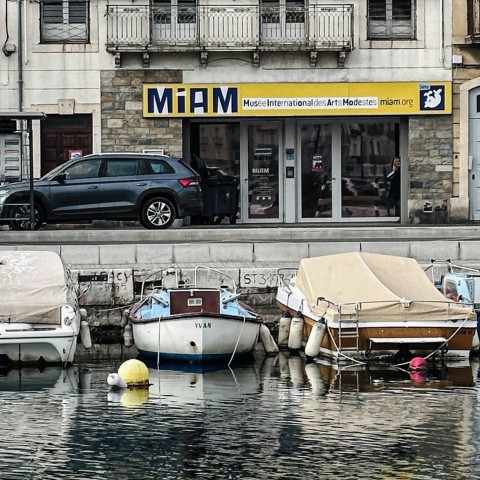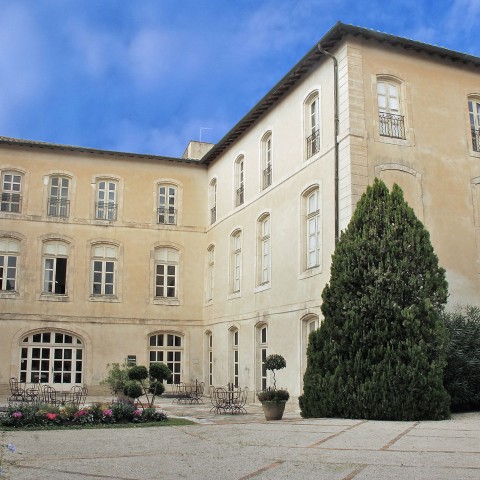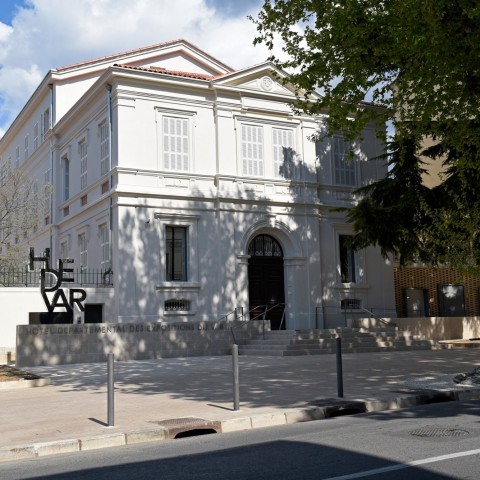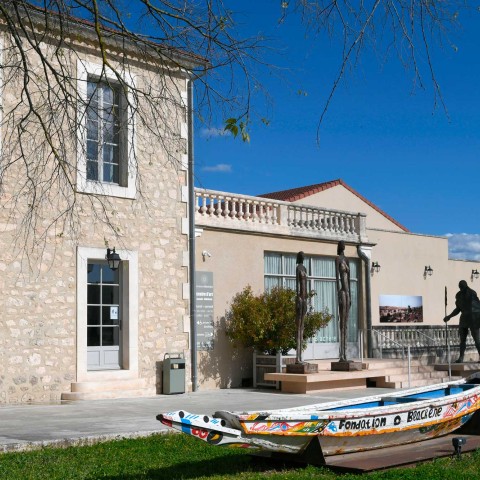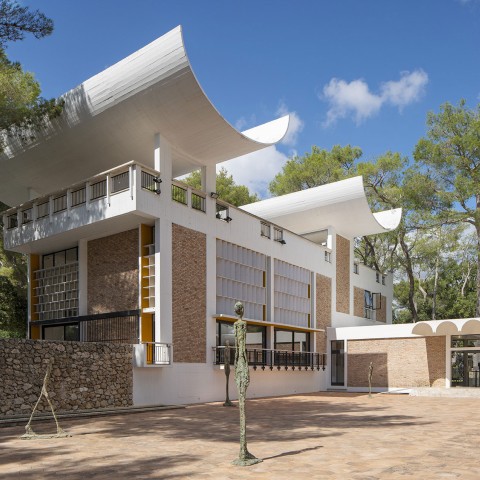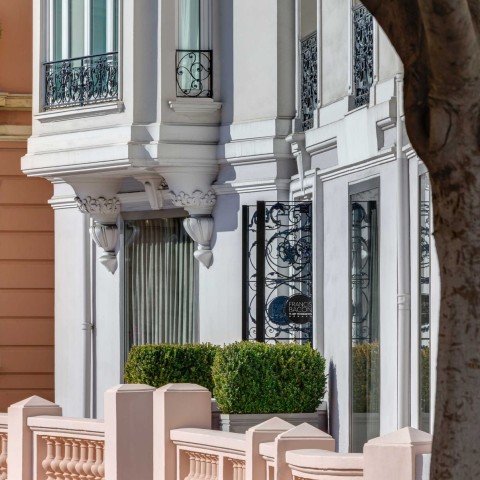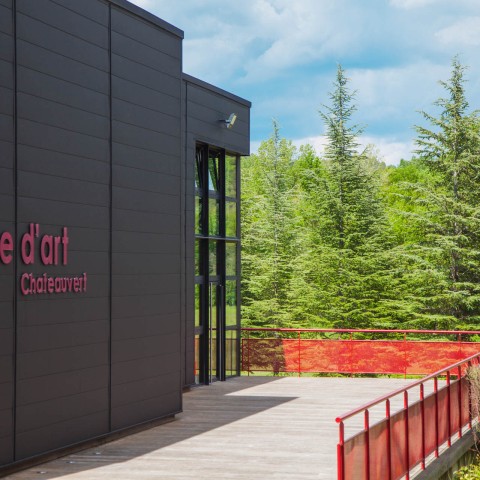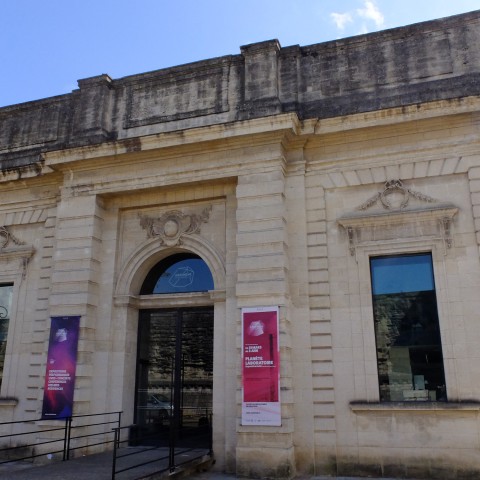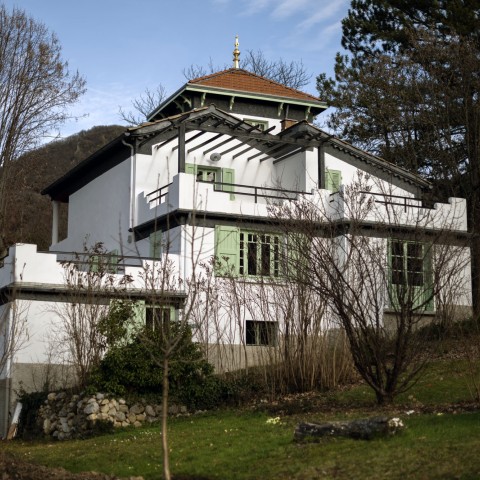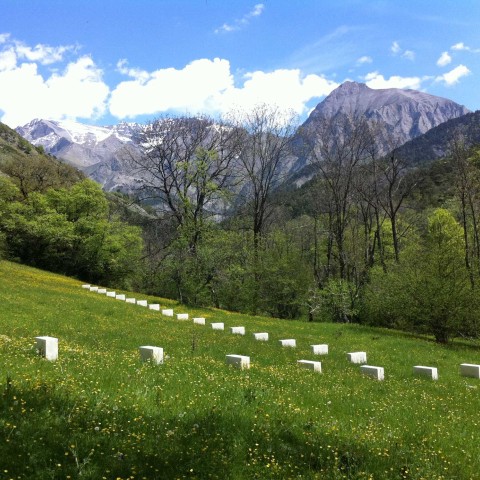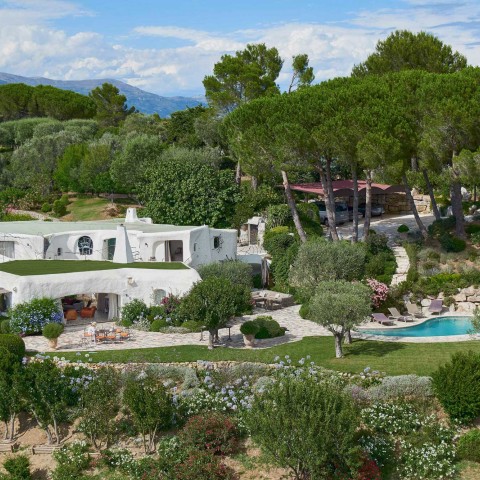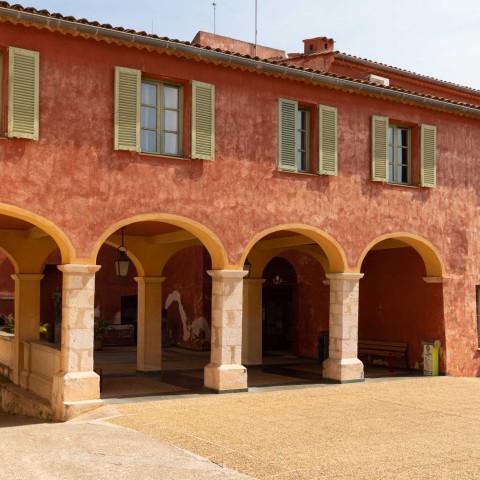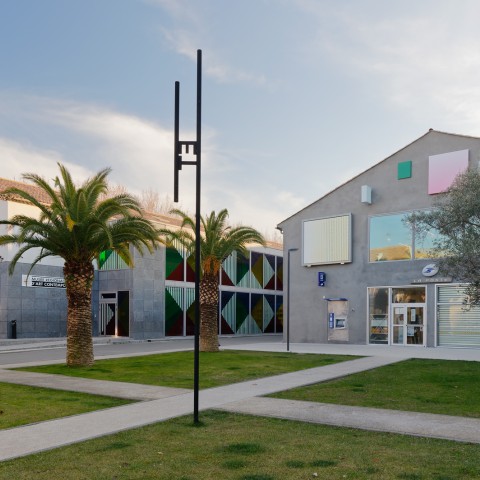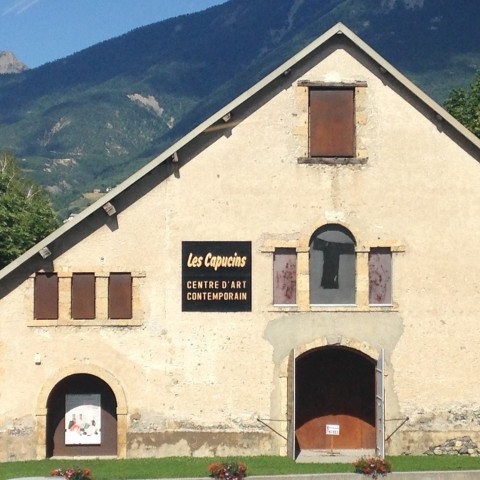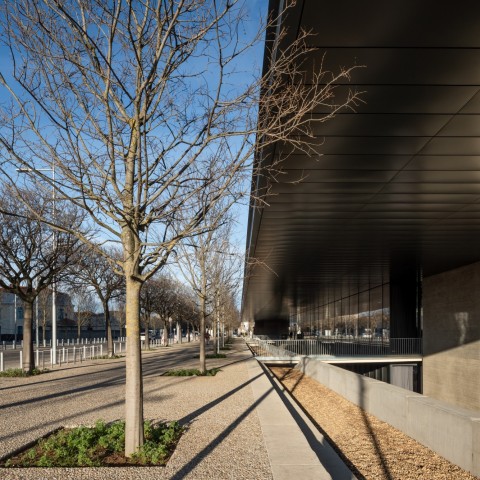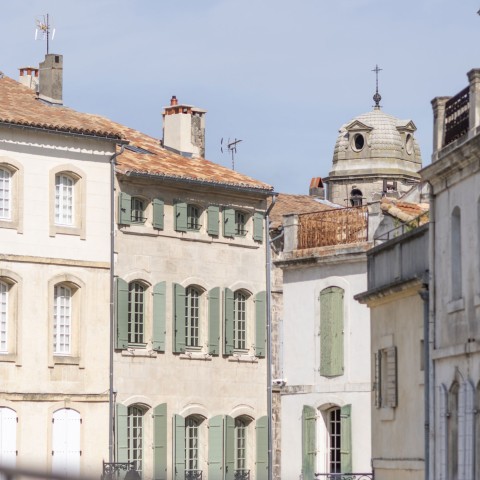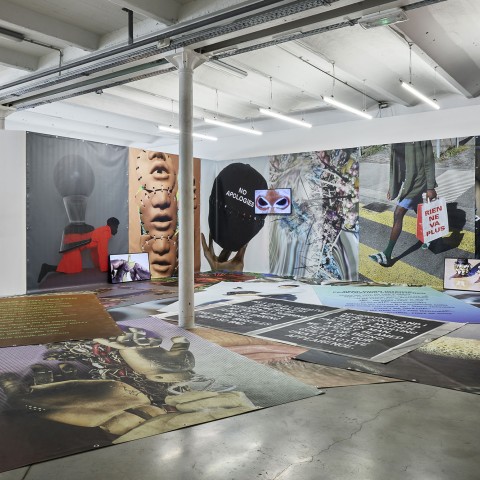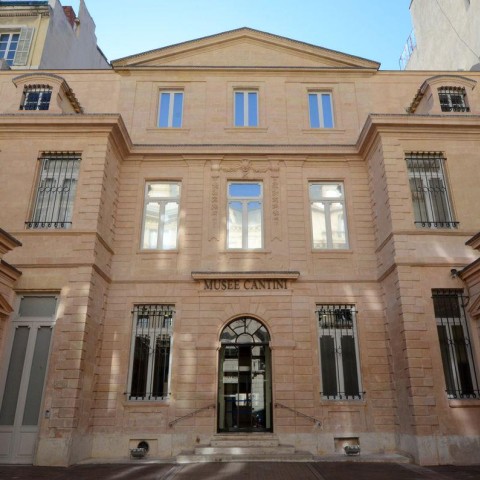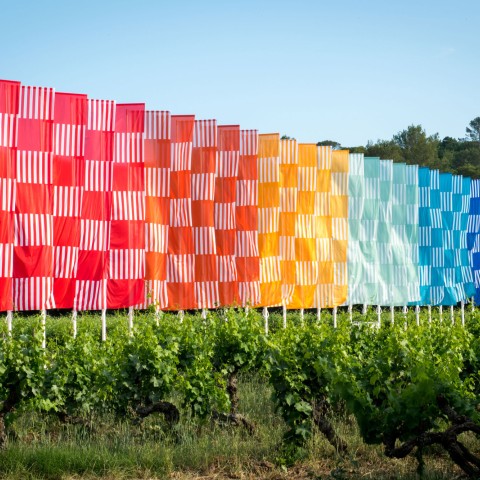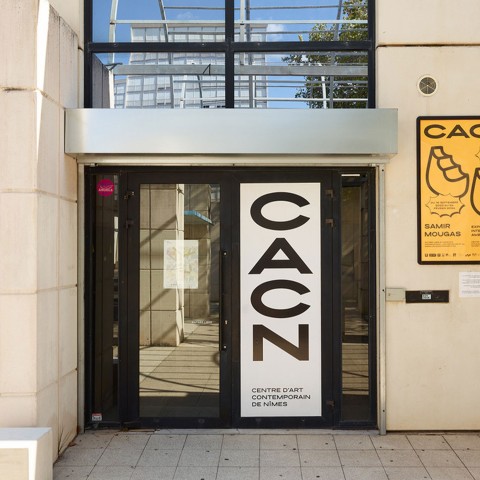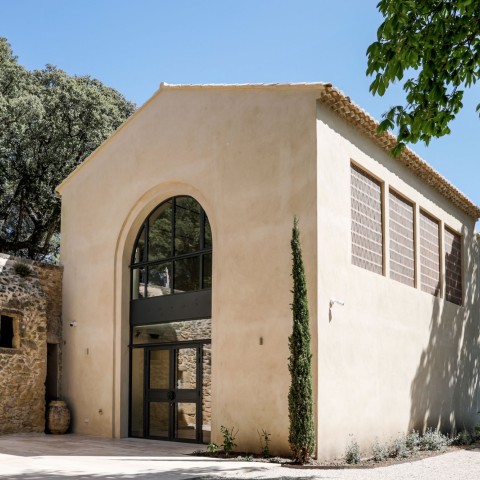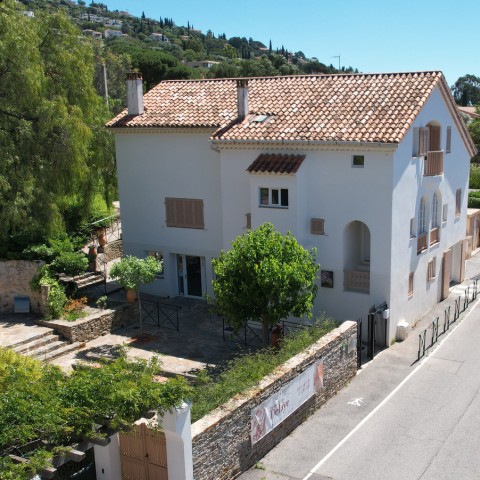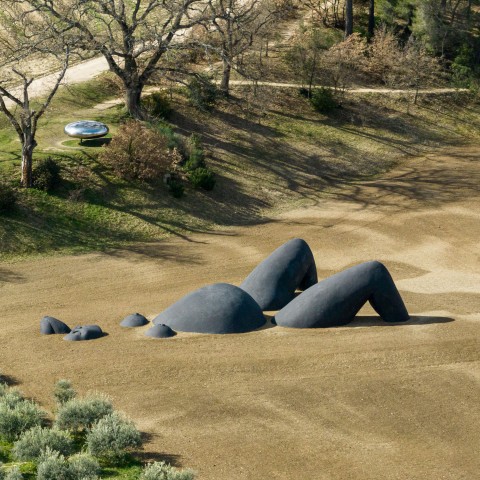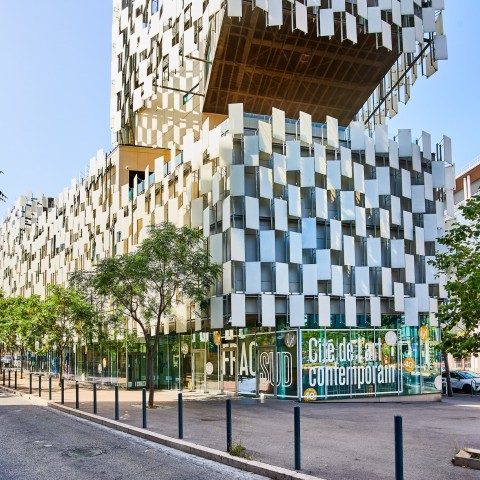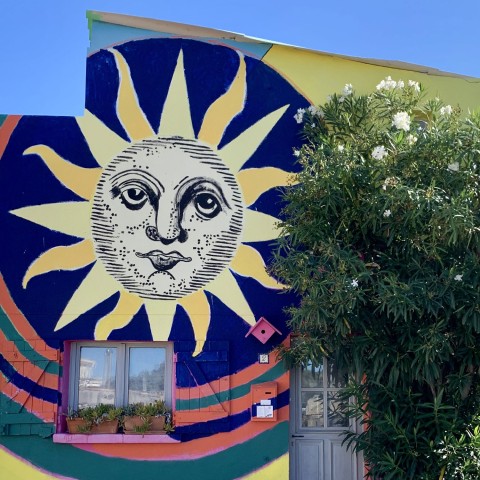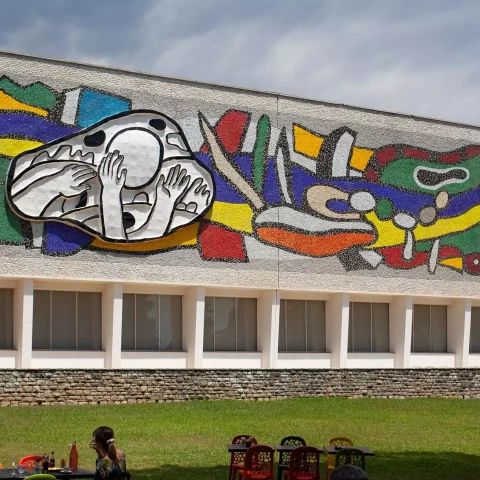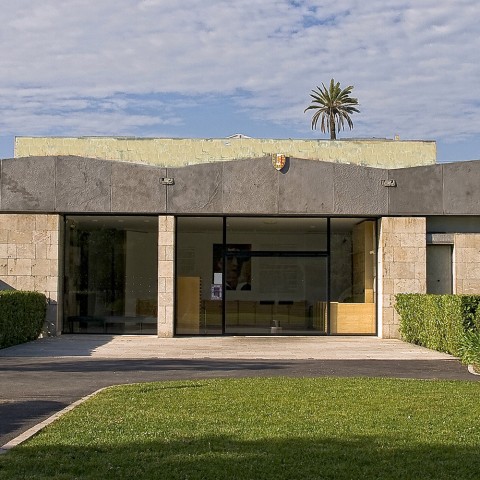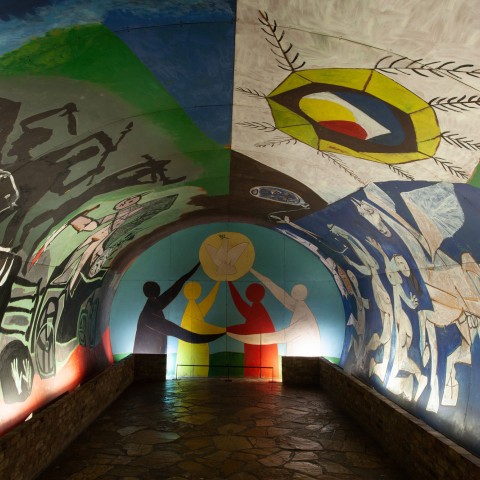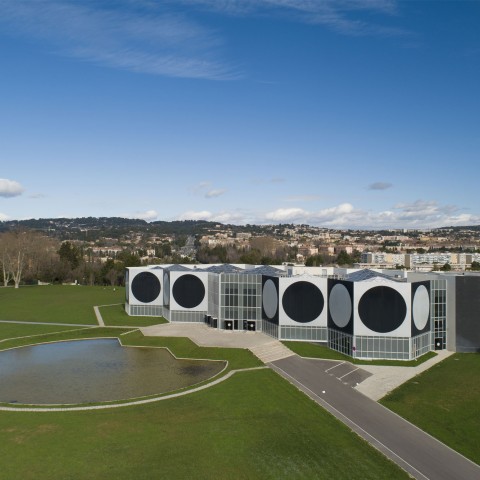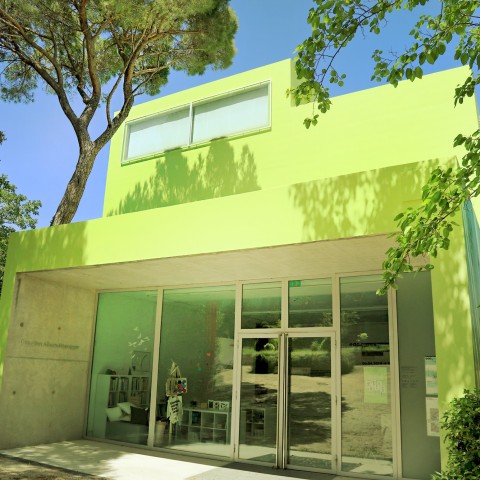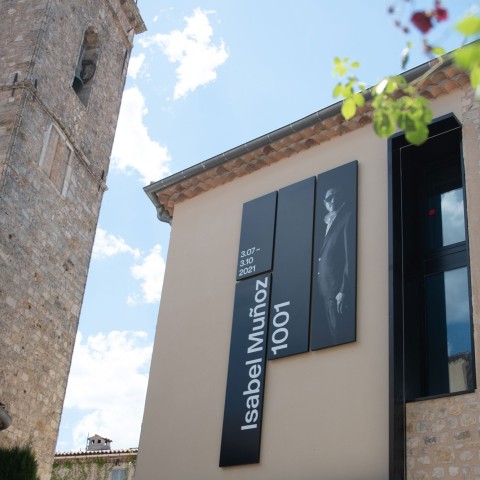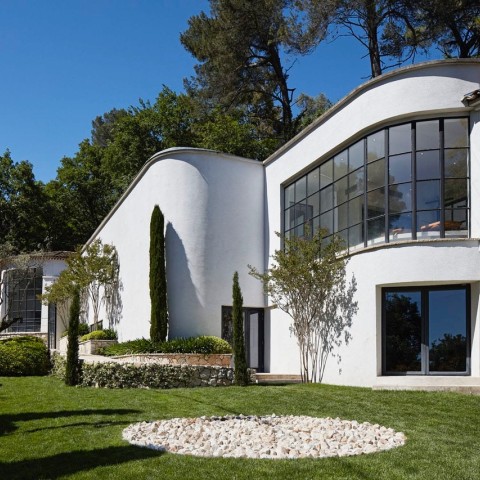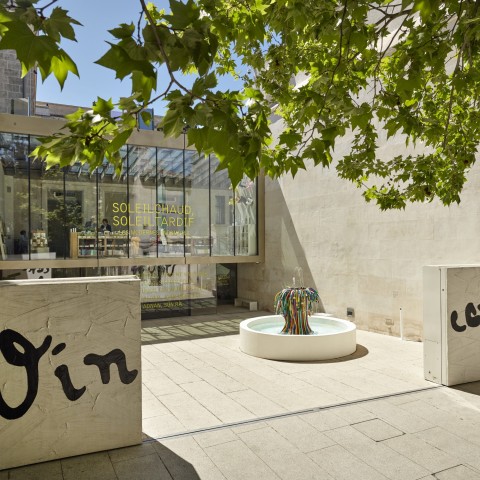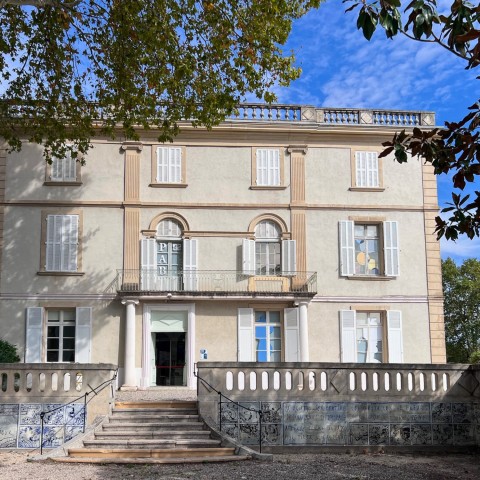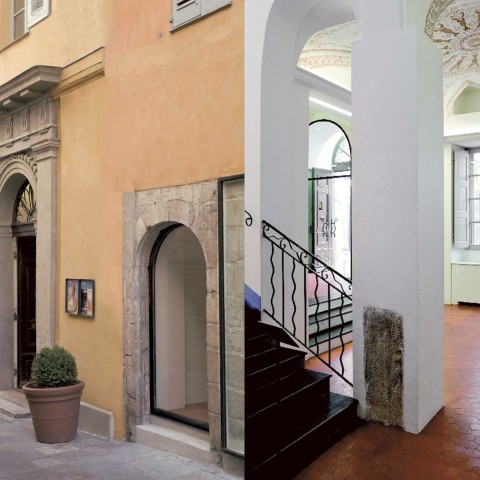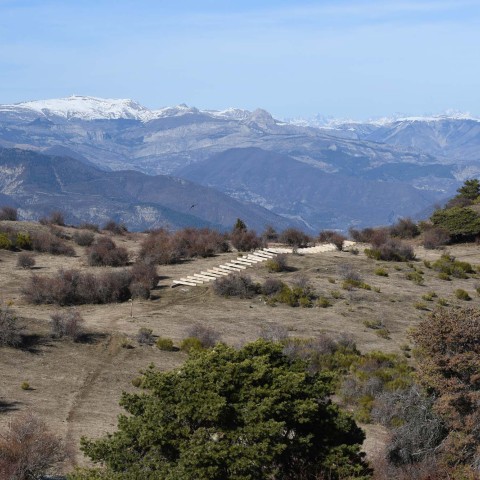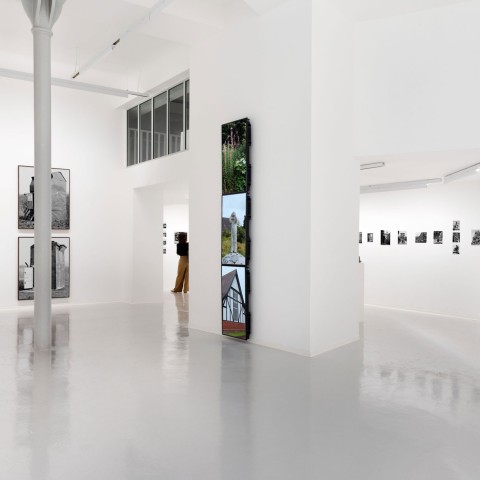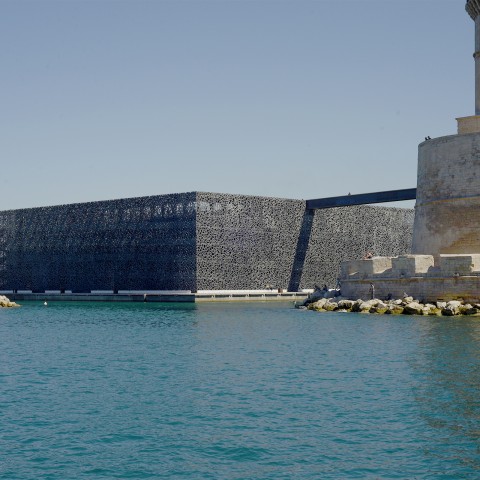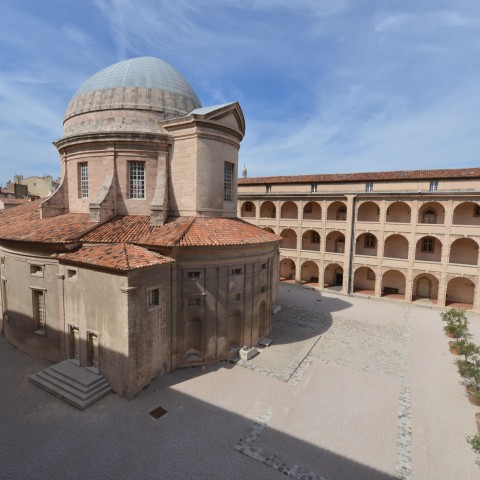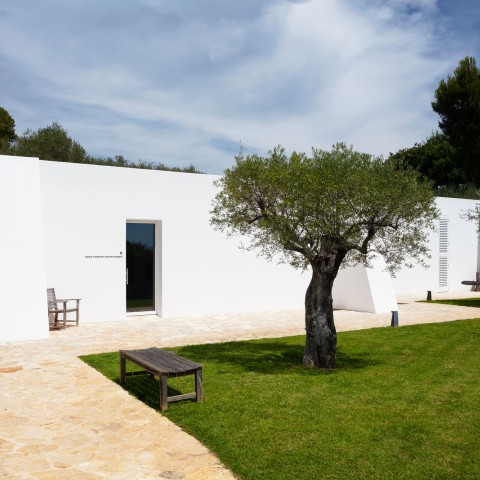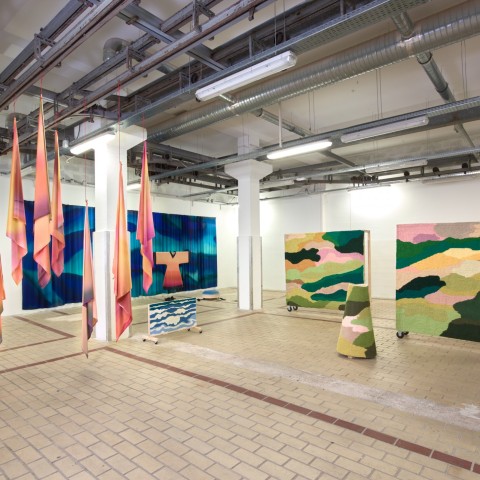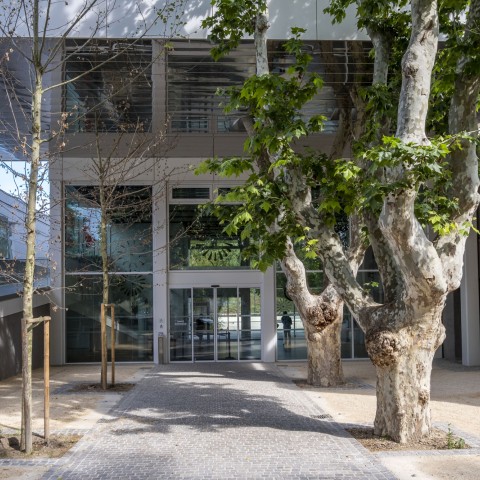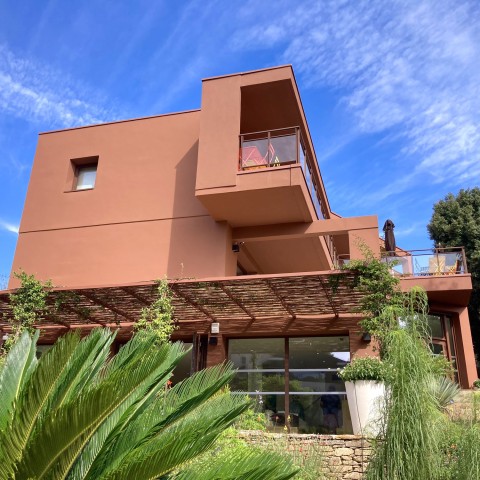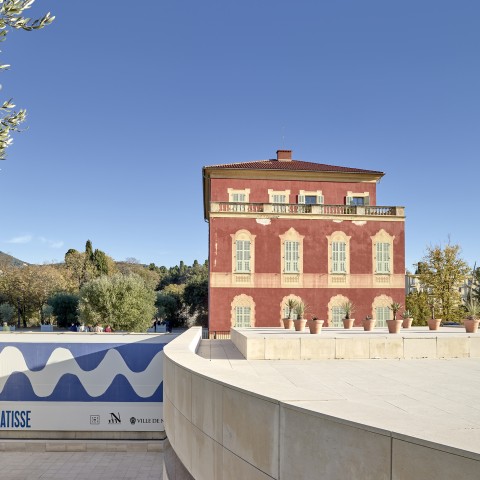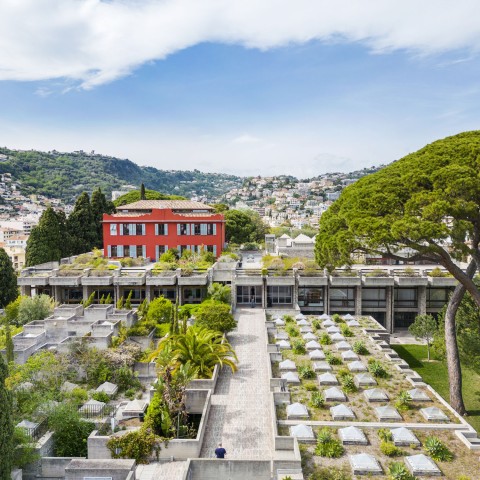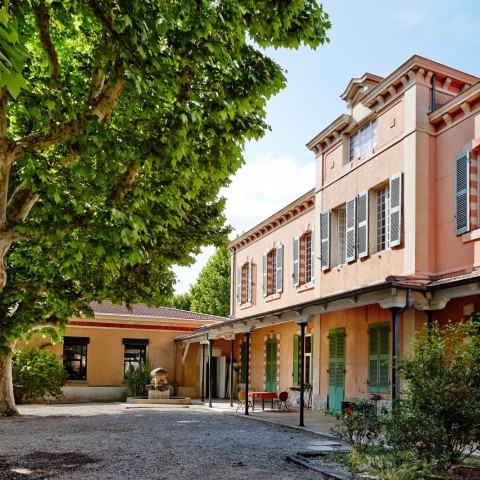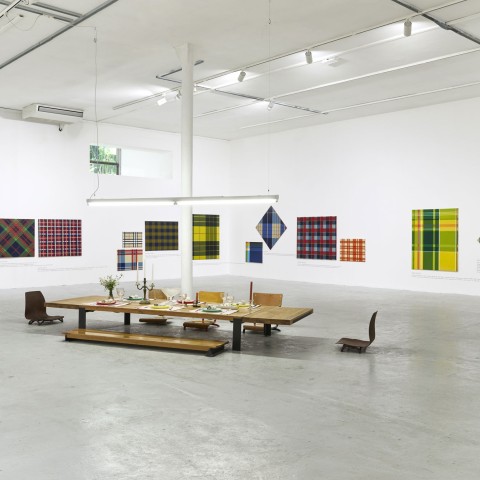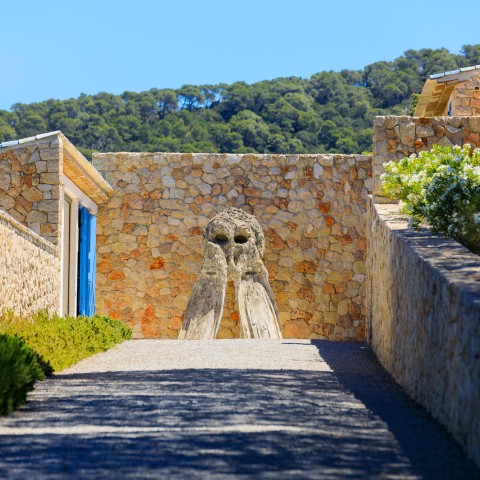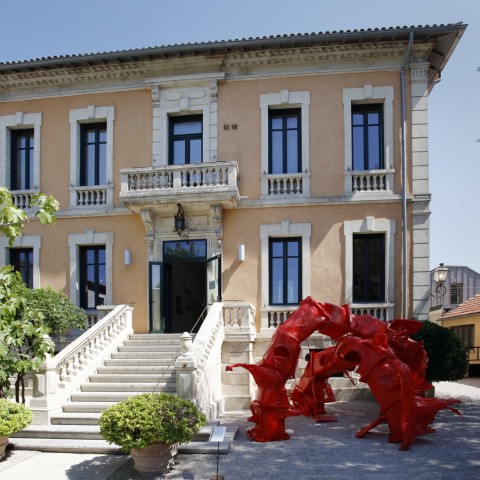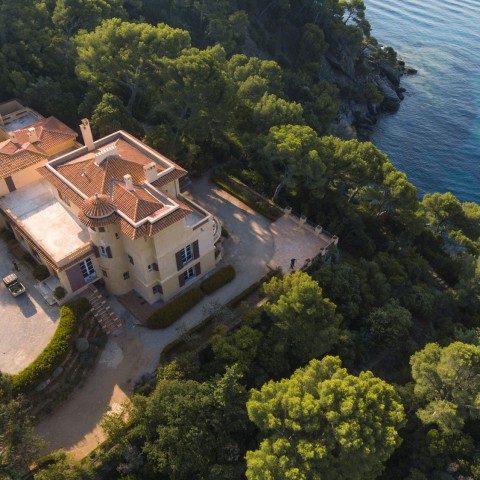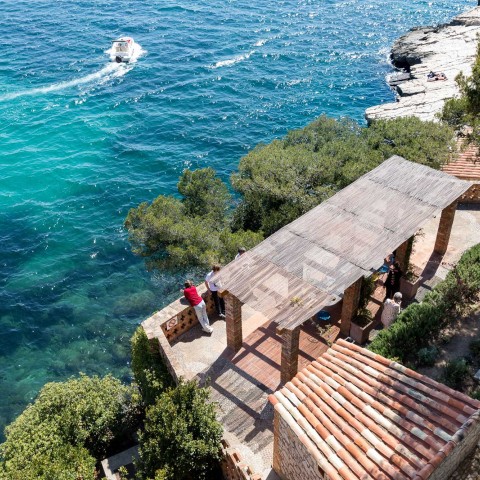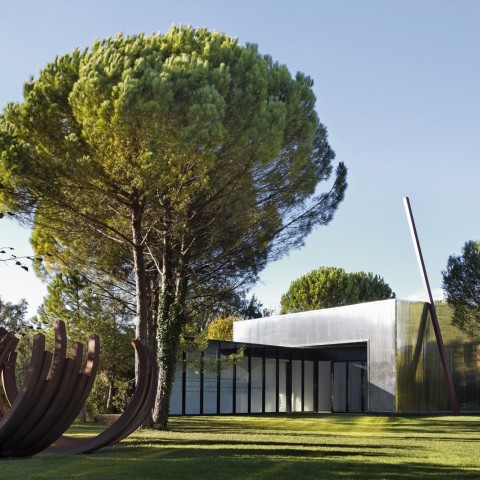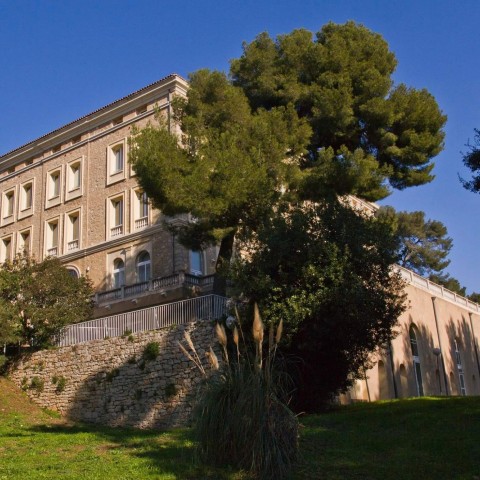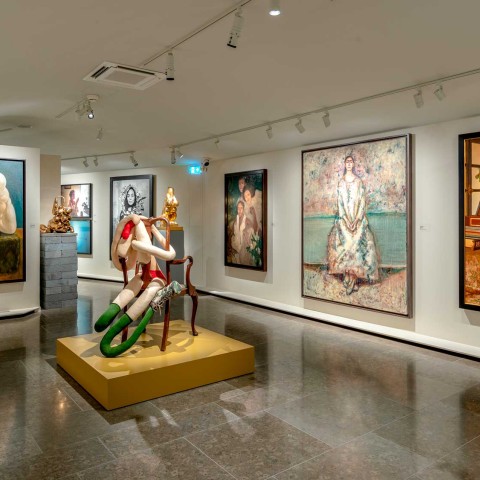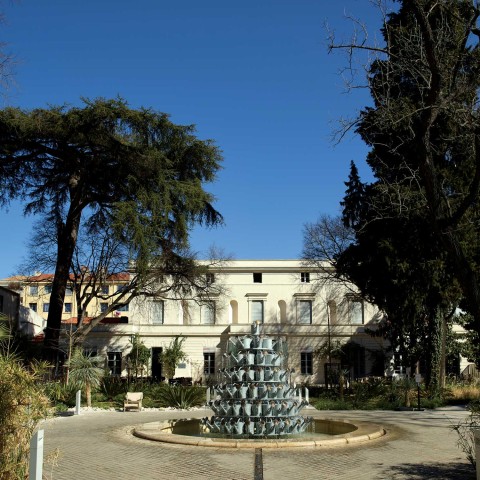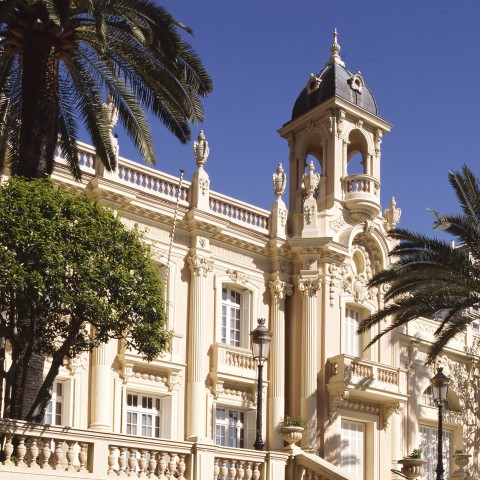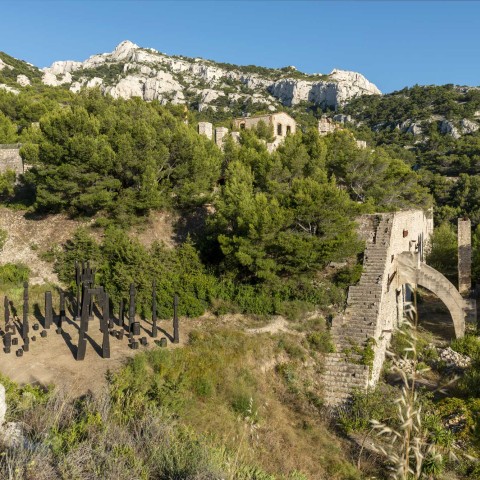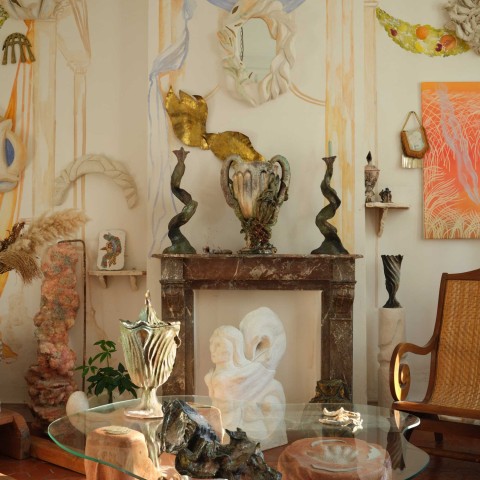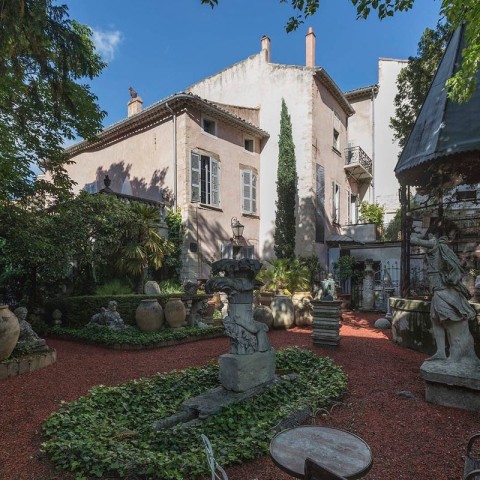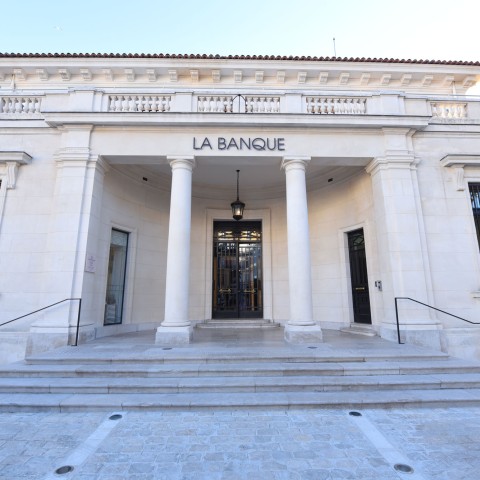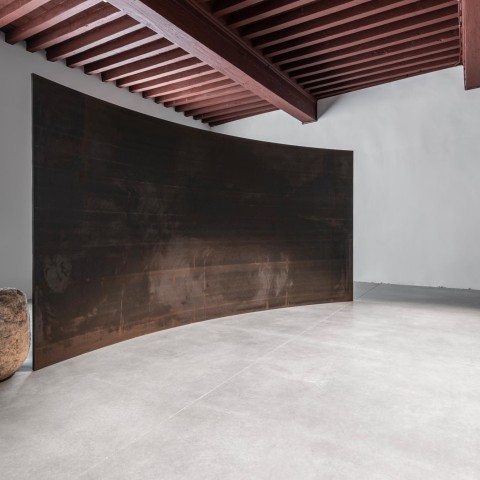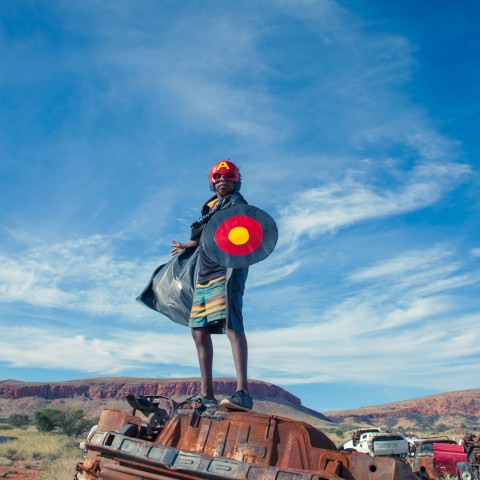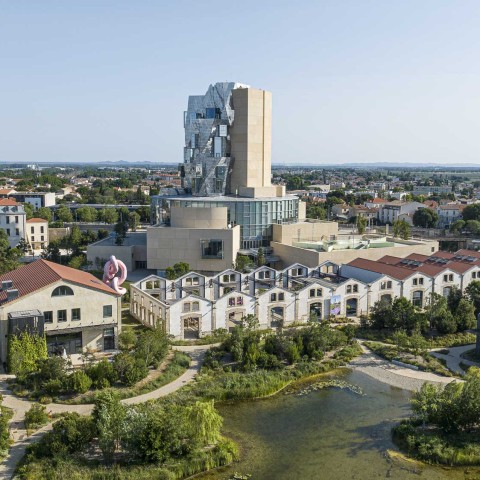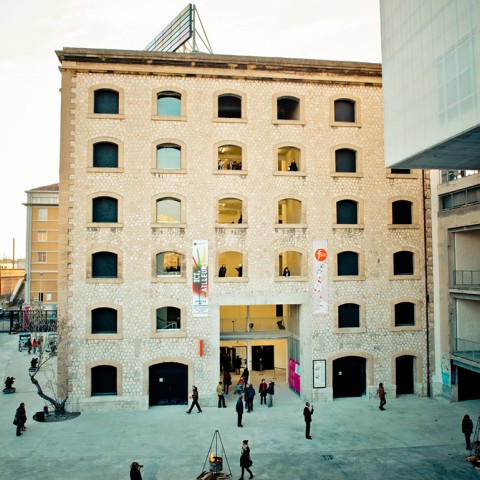Carré d’Art
Inaugurated in 1993, the Carré d'Art is an architectural work by Norman Foster that houses the museum of contemporary art and the library. The museum has a collection of 500 works, from 1960 to the present day. Launched in 1986, the collection has three main focuses: a panorama of French art, with major movements and groups of singular figures represented; a Mediterranean identity based on the south of France, Spain and Italy; and a presentation of Anglo-Saxon and Germanic trends. In addition to its collection, the museum presents exhibitions of major artists from the French and international scenes.
Inaugurated in 1993, the Carré d'Art is an architectural work by Norman Foster that houses the museum of contemporary art and the library. The museum has a collection of 500 works, from 1960 to the present day. Launched in 1986, the collection has three main focuses: a panorama of French art, with major movements and groups of singular figures represented; a Mediterranean identity based on the south of France, Spain and Italy; and a presentation of Anglo-Saxon and Germanic trends. In addition to its collection, the museum presents exhibitions of major artists from the French and international scenes.
Programme
Access
Carré d'Art - Musée d'art contemporain
Place de la Maison-Carrée
30000 Nîmes
- 33 (0)4 66 76 35 70/35
carreartmusee.com
Tuesday to Sunday, 10am to 6pm.
Until 6.30pm at weekends.
Closed on 1 May.
Locate other art venues in the vicinity on the map.
Discover our address book
PLACES TO DISCOVER
• La Maison Carrée (Nîmes)
• Les Arènes (Nîmes)
• Le Musée de la Romanité (Nîmes)
• Collection Lambert (Avignon)
• Le Grenier à Sel (Avignon)
• Luma (Arles)
• Fondation Vincent van Gogh (Arles)
• Musée Reattu (Arles)
PLACES TO STAY
• Royal Hôtel *** : a former 19th-century cloister in the heart of the city. (Nîmes)
• Appart'hôtel Odalys Le Cheval Blanc : exceptional location facing the Roman amphitheater, 5-minute walk from the train station. (Nîmes)
PLACES TO EAT
• Ciel de Nîmes : on the last floor of Carré d’art. (Nîmes)
• Émile et Simone : cheese, cold meat, vegetables plates, wine bar. (Nîmes)


